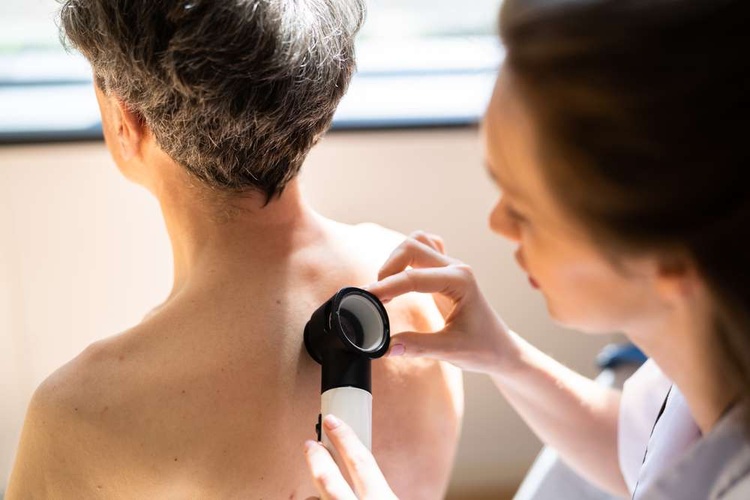Continuous Glucose Monitors: How They Work and What to Know
Continuous glucose monitors (CGMs) are wearable medical devices that measure glucose levels in the body throughout the day and night. They provide frequent readings, trend information, and alerts for high or low glucose, helping people and healthcare teams understand patterns that single fingerstick tests can miss. CGMs are increasingly used by people with diabetes and by clinicians to support personalized care plans.

This article is for informational purposes only and should not be considered medical advice. Please consult a qualified healthcare professional for personalized guidance and treatment.
What is a continuous glucose monitor?
A continuous glucose monitor is a small sensor placed on the skin that reads glucose in interstitial fluid every few minutes. Unlike traditional fingerstick meters that measure blood glucose at a single moment, a CGM creates a continuous stream of data and visual trends. Most systems include a sensor, a transmitter, and a display device or smartphone app. Data can show patterns over hours or days, which helps users and clinicians detect frequent highs, lows, and the impact of meals, activity, and medication.
How CGMs help manage diabetes
For people with diabetes, CGMs provide real-time insights that can improve daily decision-making and longer-term management. Alerts warn users of rapid changes or dangerous levels, reducing the risk of severe hypoglycemia. Trend information supports adjustments to insulin dosing, meal planning, and exercise. Healthcare providers can review CGM reports to refine treatment plans and evaluate glucose variability. In some care settings, CGMs are integrated with insulin pumps to automate insulin delivery based on glucose trends.
How glucose sensors measure levels
CGM sensors detect glucose in interstitial fluid under the skin, not directly in blood. Because of this, readings can lag behind capillary blood glucose during rapid changes, typically by several minutes. Sensor accuracy is commonly reported using measures like Mean Absolute Relative Difference (MARD), which quantifies deviation from reference measurements. Some CGMs require calibration with fingerstick tests while others are factory-calibrated. Understanding sensor behavior—such as warm-up periods and reduced accuracy at extremes—helps users interpret readings appropriately.
Using a monitor in everyday healthcare
A CGM monitor can be integrated into routine healthcare conversations and local services, including diabetes education and remote monitoring programs. Clinicians often use standardized reports to assess time-in-range, average glucose, and variability. For older adults or people with hypoglycemia unawareness, CGMs can be part of safety strategies shared with caregivers. When seeking support in your area, look for diabetes care teams or clinics experienced with CGM data interpretation and device setup to ensure proper use and follow-up.
The medical device: setup and maintenance
As a medical device, CGMs require attention to setup and ongoing maintenance. Sensor placement, adhesive management, and transmitter care affect performance and wear time. Users should follow manufacturer instructions for insertion, warm-up intervals, and sensor replacement schedules. Batteries or rechargeable transmitters need periodic charging or replacement. Users should also be aware of potential skin irritation and have a plan to manage adhesive issues. Regularly updating device firmware and app software can improve reliability and security.
Choosing a glucose monitor for your needs
Selecting a CGM involves weighing accuracy, connectivity, sensor lifetime, alerts, data-sharing features, and compatibility with other diabetes tools. Consider lifestyle factors—such as activity level, waterproofing needs, and willingness to wear a visible device—and clinical needs like frequency of hypoglycemia. Work with a healthcare professional to compare products and to determine whether a real-time CGM or an intermittently scanned system better fits your goals. Local services and diabetes clinics can often provide demonstrations or trial guidance.
Conclusion
Continuous glucose monitors offer detailed glucose trend data that can enhance self-management and clinical care for people with diabetes. They are medical devices with specific setup and maintenance requirements, and their readings must be interpreted in context, especially during rapid glucose changes. Discussing options and data interpretation with a qualified healthcare professional helps ensure safe and effective use of CGMs as part of a broader diabetes care plan.






